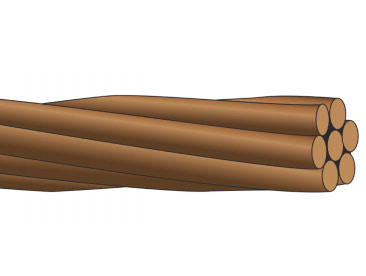
In the complex web of connectivity that powers our electronics, one cannot overstate the importance of cable material. The substance from which a cable is crafted plays a pivotal role in determining both the quality of the signal transmitted and the durability of the cable itself, whether it is transmitting data, audio, or power.
A Spectrum of Materials for Diverse Applications
Cables come sheathed in a variety of materials, each selected for its unique properties and specific use-case scenarios. Copper, for instance, remains a popular choice due to its excellent electrical conductivity, making it ideal for high-speed data transmission and power cables. On the other hand, fiber optics, made from glass or plastic fibers, allow for the transmission of signals at the speed of light, used extensively in high-bandwidth telecommunication applications.
The Alloy of Durability and Reliability
The longevity of a cable is intrinsically tied to its material composition. For environments that demand ruggedness, such as industrial settings or outdoor installations, cables may be armored with materials like stainless steel, which provides resistance to physical damage and extreme temperatures. In contrast, for home and office use where flexibility is key, PVC or TPE (Thermoplastic Elastomers) offer a balance between durability and ease of use.
Material Matters for Signal Quality
The material of the inner conductor is the linchpin in determining signal fidelity. High-purity copper, for example, ensures minimal resistance, thereby reducing signal loss over long distances. To preserve signal integrity in high-interference environments like data centers, one can employ braided copper or aluminum foil for shielding against electromagnetic interference (EMI).
Selecting the Right Cable for the Task
Choosing the correct cable material is paramount. For high-end audiovisual equipment, a silver-plated copper cable might be the go-to for its superior signal clarity. In contrast, for outdoor landscaping lighting, a cable with a robust, weather-resistant sheath would be more prudent.
Conclusion
One cannot overlook the interplay between the material of a cable and its intended application. The right choice ensures not only the longevity of the cable itself but also the integrity of the signals it carries. Whether it’s for transmitting delicate data or enduring the rigors of an industrial environment, understanding the impact of cable material is essential in making an informed purchase, guaranteeing performance, and securing investment in connectivity infrastructure.

